Does hot water freeze faster than cold?
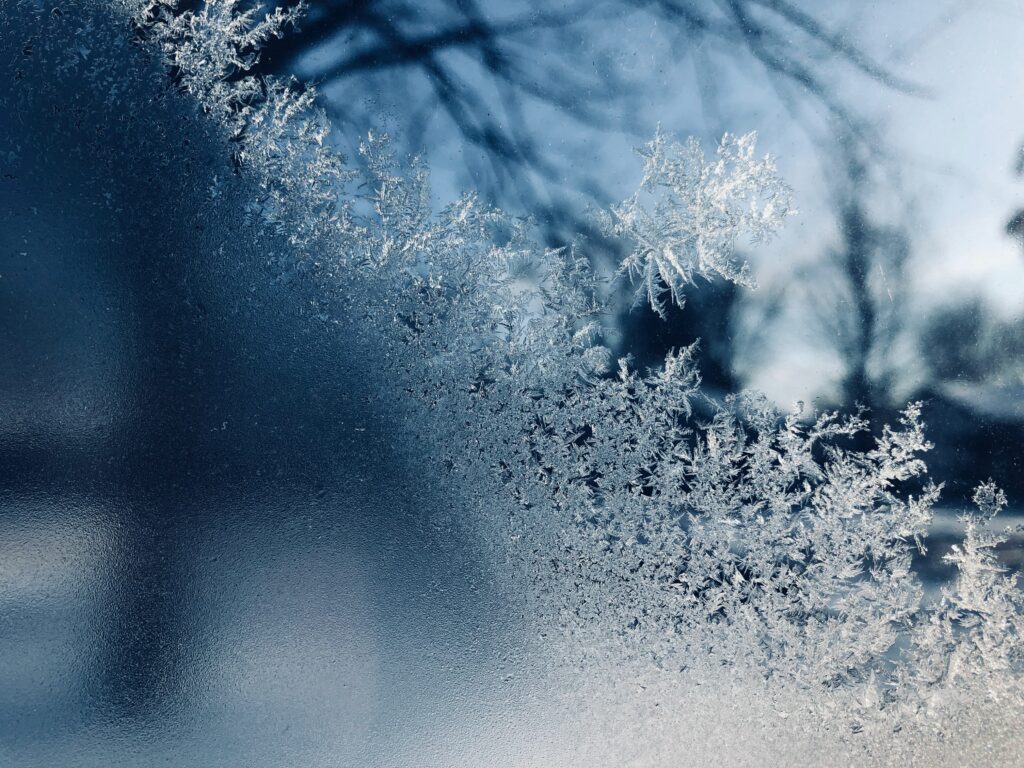
In physics, cooling isn’t as simple as it seems—a hot object can cool down faster than a warm one, a new study finds. When cooled, a warmer system did so in less time than it took a cooler system to reach the same low temperature; and in some cases, the acceleration was even exponential, physicists report.
The experiment was inspired by reports of the Mpemba effect, the counterintuitive observation that hot water sometimes freezes faster than cold water, but experiments studying this phenomenon have been confounded by the complexity of the water and the freezing process, making it difficult to reproduce the results, leaving scientists at odds over what causes the effect, how to define it, and whether it is real. To circumvent those complications, physicists in Canada used small glass beads, 1.5 micrometers in diameter, instead of water, and the researchers defined the Mpemba effect based on cooling rather than the more complicated process of freezing.
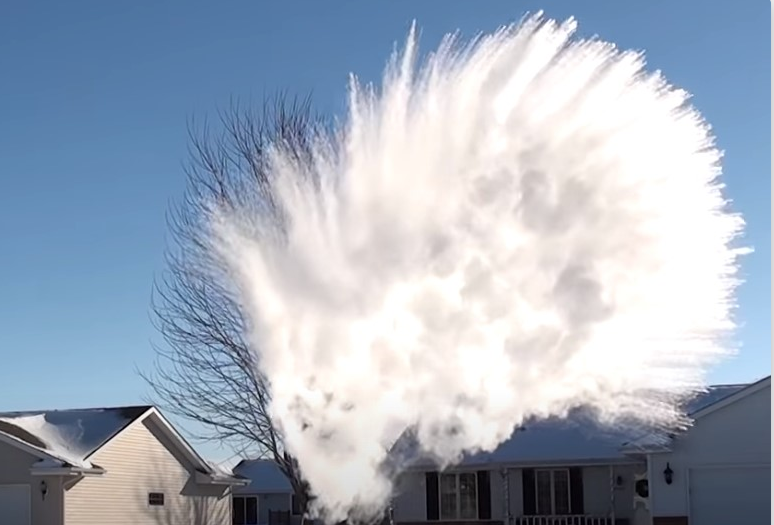
In the experiment, one bead represented the equivalent of a single water molecule, and measurements were performed 1000 times under a given set of conditions to produce a collection of molecules, a laser exerted forces on each bead, producing an energy landscape or potential. Meanwhile, the bead was cooled in a water bath; the effective temperature of the beads from the combined trials could be derived from how they traversed the energy landscape, moving in response to the forces imparted by the laser.
To study how the system cooled, the researchers tracked the movements of the pearls over time. The beads started at a high or moderate temperature, and the researchers measured how long it took for the beads to cool to water temperature; under certain conditions, the beads that started hotter cooled faster and sometimes exponentially faster than the cooler beads. In one case, the hottest beads cooled in about two milliseconds, while the coldest beads took 10 times as long. It might seem sensible to assume that a lower initial temperature would provide an insurmountable head start—in a direct run for the thermometer, the hot object would have to reach the original temperature of the hot object first—suggesting that a higher temperature could only increase the cooling time.

But in certain cases, that simple logic is wrong, specifically for systems that are not in a state of thermal equilibrium, in which all parts have reached a uniform temperature. As the pearls cooled, they were not in thermal equilibrium, which means that their locations in the potential energy landscape were not distributed in a way that would allow a single temperature to describe them, which means that instead of a path direct from hot to cold, there may be multiple paths into cold allowing for possible shortcuts, it is as if a hiker could reach a destination faster by starting further away, if that starting point allows the hiker to avoid an arduous climb for a mountain
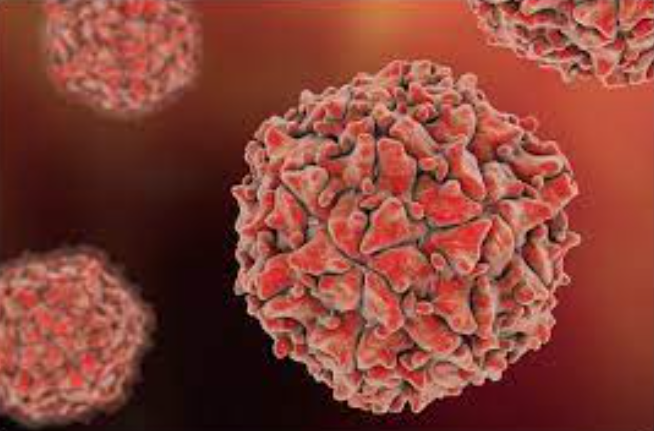
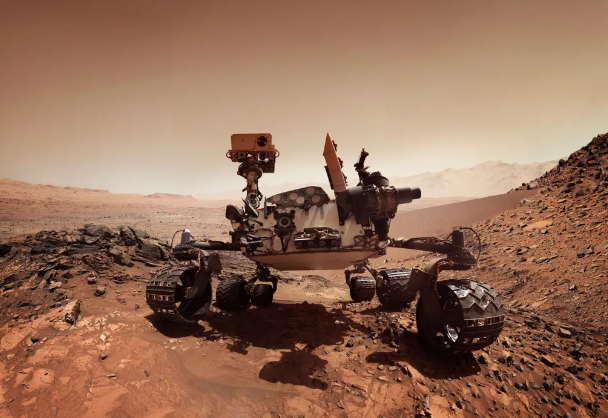
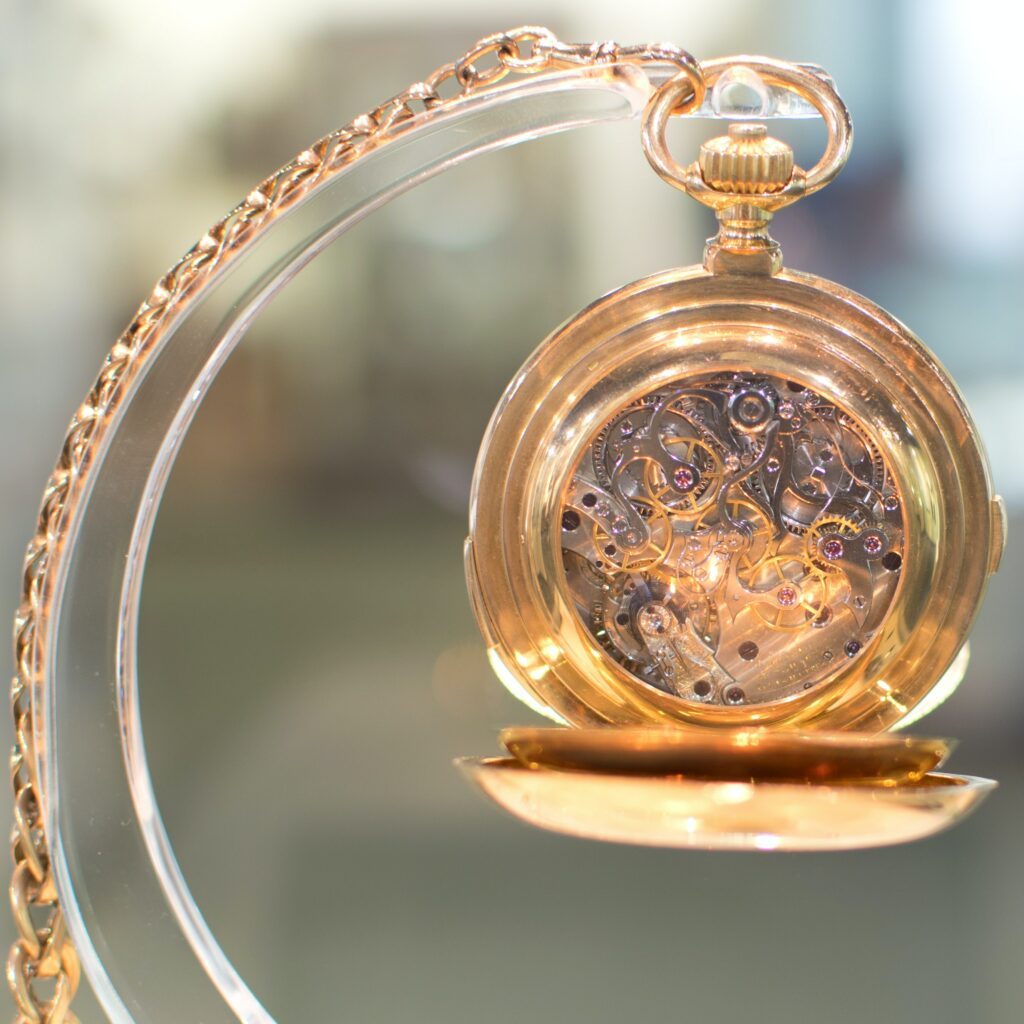
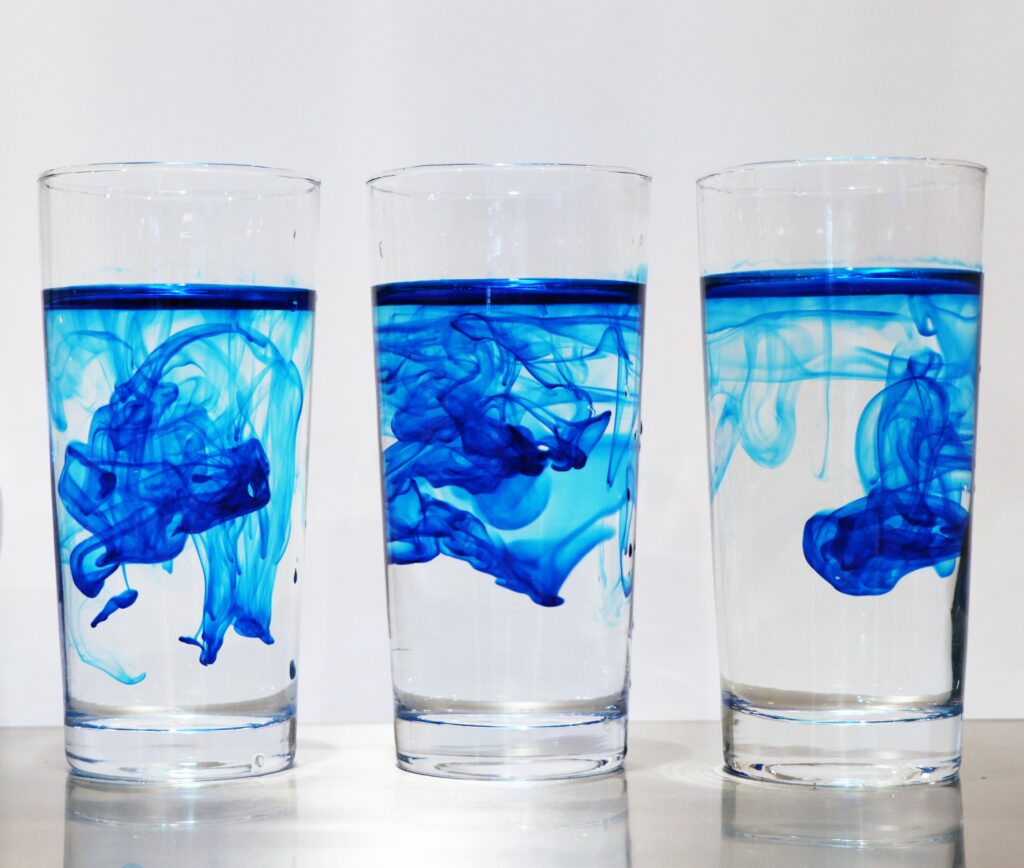
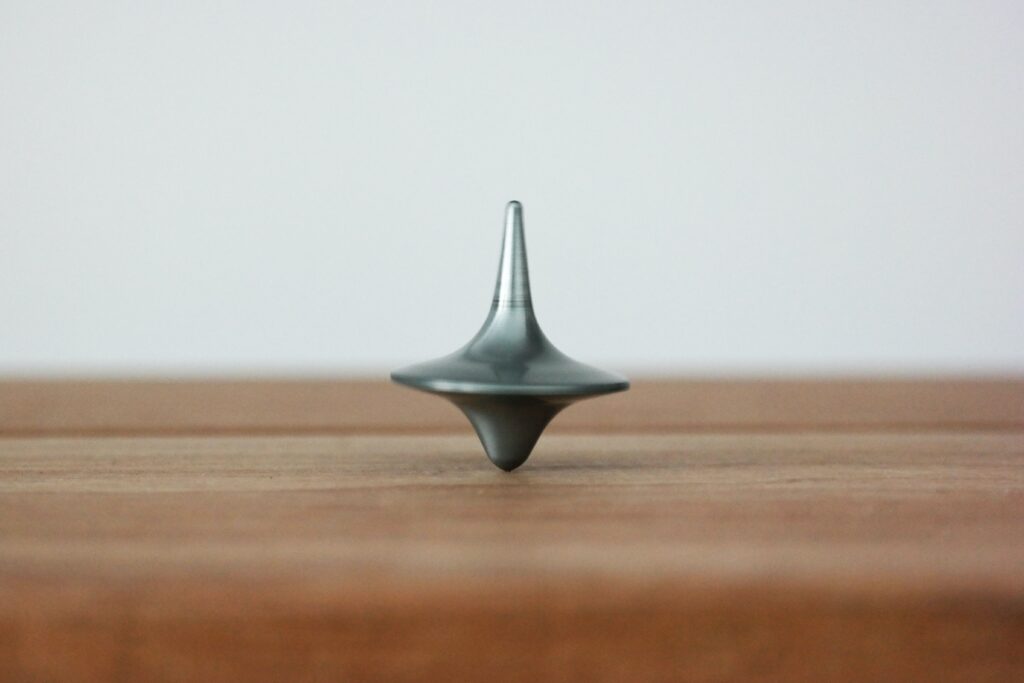
Responses